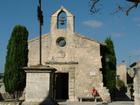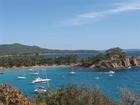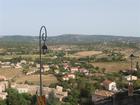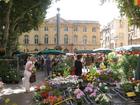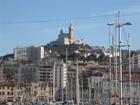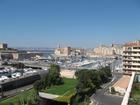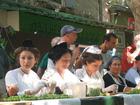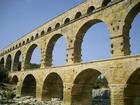Having a Road Trip in South France
2010-10-21 14:32
In ancient times people used to travel by horses or by the carriages being pulled by the horses. Nowadays they were changed to the cars powered by the mechanical horses. It is recommended to acquire a car with a lot of horse's powers for the inquisitives, who planed to visit the south of France with a car, because the road is far and a journey will take long.
Why is it worth to travel to the south of France?
The answer is simple and clear - because of the reason, that Provence is a region of Alps and the Blue Lagoon - it is acknowledged to be the most beautiful and most visited land by the tourists! It is located in the southeast of France, has a border in the east with Italy, continues to Montpellier in the west, seeks the river Rhin in the north and climbs to the Alps.
Every region characterizes by the wealthy culture, gourmet food, impressive architectural monuments, landscapes of unforgettable beauty and centuries-old traditions, which are remembered in the festivals of folklore and streets' processions. Corsica island, where aforetime Napoleon Bonaparte was exiled, from 1960-ies also belongs to this region.
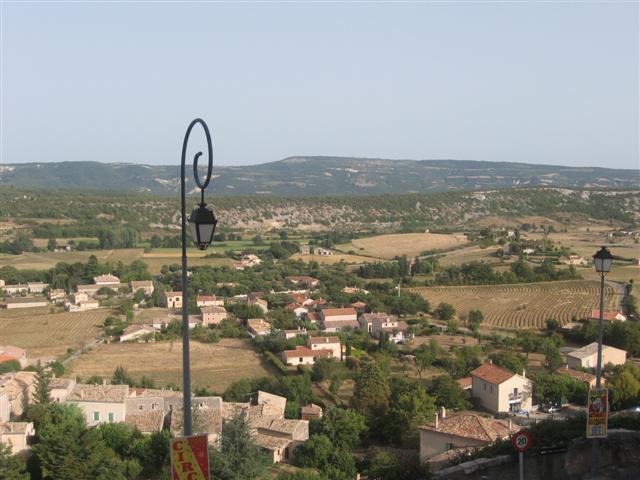
Oneness of the region is determined by its an extraordinary geographical position, which is advantageous for the tourism: only 200 km and you are able to enjoy relaxation on the cost of Mediterranean sea, two hours traveling and you are able to have a rest in a mountain skiing station, travel on the road of wine by the fertile riversides of Rhin.
Wonderful, warm, sunny climate gives a possibility to develop tourism the entire year long. The infrastructure and a log-term experience of tourism sets the wonderful conditions to organize various leisure, cognitive, cultural travels, or the travels of active sport. If you want to get known this region, it is the best way to travel by car - you may stop in the places, where an extraordinary landscape fits wonderfully with human creation. It is impossible at one time to get known this land: to cover everything, to visit, to see. We offer you to make yourself three different routes:
The First Route: Provence.
Provence starts in the valley of the Alps and lasts till the cost of the Mediterranean sea, covering Arles and Nimes cities in the West, meets the golden islands of Hyères in the East. This land is proud of the wonderful national parks of Camargue and Luberon, of numerous historical monuments, which remind us an impressive past of the region. There are famous French cities established in Provence: Marseille, Avignon, Orange. A lot of famous people have lived and created their works there. Van Gogh and Sesanne were also between them.
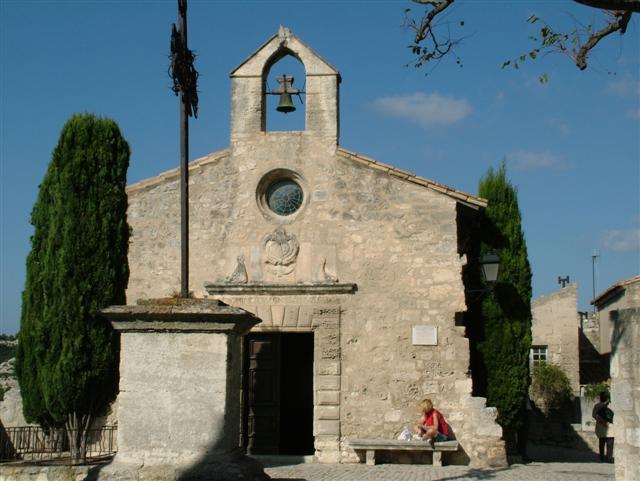
The Second Route: Blue Lagoon.
The Mediterranean coast starts to the East from Marseille, and lasts till the border with Italy. A rocky shore of stupendous beauty flaunts with a reflection of the white stones in crystal transparent blue sea water. Between the rocks you will find small beaches of white sand, which you can reach only with a boat or a shallop.
Of course, you can reach them also on foot, but your trip will take you long. A rocky coast strikes a bay of Gulf, which is surrounded by abundantly inhabited towns of Saint Raphael, Saint Maxime, Saint Tropez. These are the ancient villages of the fishermen - their inhabitants used to hide the partisans during the World War II, and used to bring them food and clothes to the hiding-places, which were located in the holts. Nowadays you can find there the enormous world wide known resorts, famous for their wonderful nature, pleasant climate, excellent conditions for the relaxation and entertainment. Cannes is famous for the cinematography festival, Grasse - for the perfume being produced here. Nice is the last city of France, located very near the border with Italy. The city is surrounded by the bay of the Angels. The city was established by the Greek, originated from Marseille, who called it in the name of the goddess Nike like a sign of the victory which they reached in the fight with Ligurians.
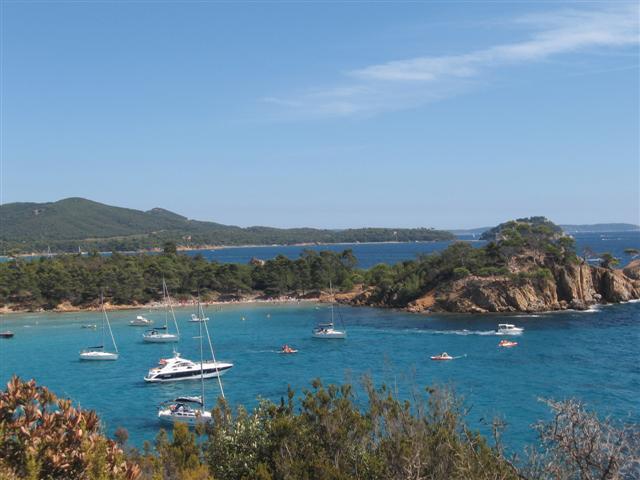
Nice like a lot of other cities near the border of the country had to survive through the times of the never-ending wars and competitive bidding. A harbor of sea market was always important to Nice. The majority of the local inhabitants consists of emigrants from Italy, who still speak in an ancient dialect. A city is popular because of the impressive flowers, fruits and vegetables, seafood marketplaces and the Sunday flea fairs. It is the second city of France, which is most visited by the tourists (the first is Paris), and attracts us by exclusive atmosphere. You are able to feel it just by entering the city. Travelers are welcome by the English promenade, which sweep along the seaside. Terraces of the luxurious restaurants invite you, where you can enjoy the seafood and the recipes of the well known in all the world Nice's salad. It is worth to visit the museums of famous French modernism painters Henri Matisse and Marc Chagall.
You can say, that the first traveler from Lithuania, who came to Nice after World War I was Roman Gary (Roman Kacew). Nina Kacew, a Jewish origin refugee with a preteen sun was running from destroyed Vilnius. She was traveling through Poland to search for a shelter in France, in the city of Nice. Therefore Roman Gary spent his childhood and his early youth in Nice. Years later when he got the nationality of France, he became a famous writer and a diplomat, who represented France in the United States of America. Nowadays the National Library is founded in Nice which is called by the name of Roman Gary.
The Third route: Alps.
The mountain range of the Alps is located in the North-West of the region. In two hours you can reach the snowy peaks. In winter numerous stations of the mountain skiing welcomes the lovers of an active recreation, who come with their families or by one, to breathe the clear mountains' air and to prove their power in the traces of the various difficulty levels.
How to reach the South France?
There are two ways to reach Blue Lagoon. You can travel through Poland, Germany, enter France in Metz and drive to the South to the direction of Marseille. You can also travel through Poland, Czech Republic, Austria, Italy and reach Nice, located near the border of Italy and France. In both ways the distance is about the same - 2 500 kilometers.
If you choose the first version, you will drive in large highways, for which you will have to pay in France! Therefore it is worth to take care of the particular amount of money for the travel expenses. If you choose the second version you should take care of the medicine, calming the nausea. The roads are waving through the mountains and the ridges, arise and fall, so if the traveler has a weak stomach, he may have some health disorders.
Planning the trip.
The prices in France are rising annually, and the fuel is in the first place of this competition of the prices! The owners of the petrol-driven cars often use the services of the public transport, because after the latest data, the price of petrol 95 jumped to 1 euro and 58 cents. You should not worry in advance, because diesel price is steady from 1,20 to 1,30 euro. Therefore it is worth to think about diesel-driven car, because it is cheaper, more economical and more ecological!
This trip you can plan with a staying somewhere for the night, or without it. The tired travelers will find a place to spend the night easily in France. There is a highly developed system of the hotels in the country, there are a lot of two or three stars hotels in bigger cities, motels and camps. The general well-known groups of the hotels are: Kyriad, Ibis, Etap Hotel, Campanulle, Balladin, Citadine, Formule1, Premiere Classe. The travelers who plan a little or the average expenses are able to stay there. The prices change from 26 to 70 euros in summer, a bit cheaper in winter.
If you drive together with somebody you should reserve 24 hours for the trip, not counting the stops for the comfort, sleep or meals. The trip is long. If you travel with a comfortable car, which has air-conditioning, the trip takes you only one day and night cycle. Driving in a carriage, which has neither air-conditioning nor a heating system, your trip would take you 24 such day-night cycles. So what is better? Then let's go ahead to the trip full of the new recognitions and adventures!
Will be continued!
Especially from France
Rasa Misevičiūtė


